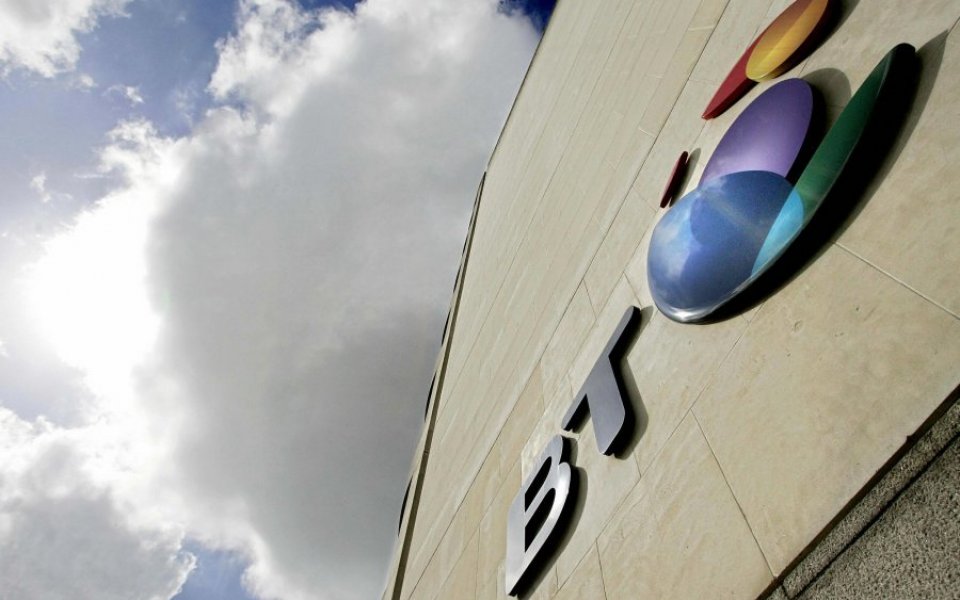BT completes £12.5bn EE deal today – and the sector’s M&A activity could be a good thing for consumers who want more from their providers

So it’s finally official: BT now owns EE. The result is a telecoms market that looks very different this morning than yesterday, with BT gaining access to the one in three UK mobile users already on EE.
Existing EE customers can expect to see some exciting offers over the coming months as BT tries to persuade them to sign up for its home services, creating the opportunity for both triple and quad play multi-service propositions offering fixed landline, broadband and TV alongside existing EE mobile contracts.
BT can now defend its premium fixed (landline and broadband) business by providing a solid mobile offer to its home services customers.
A convincing quad play option will give BT a definite edge over its competitors; few others can offer such a comprehensive package at present.
EE doesn’t just bring customers as part of the deal, but space on the high street. BT will be able to make use of EE’s 600 plus stores, giving the telecoms giant the presence it has lacked since closing its own stores two decades ago. Although a full rebrand is realistically a long way off, customers might begin to see BT staff and products in EE stores within the next few months.
Offering quad play is vital if other providers are to compete. BT’s competitors must either purchase the necessary assets or look to offer the additional services themselves. Several have already taken steps in that direction. After its decision not to acquire Virgin Media, Vodafone has floated its own broadband offer and is expected to make the move into TV this summer, and Sky will be launching its own mobile proposition later this year.
Meanwhile, rumours abound that Hutchison – the owners of Three – could look to purchase O2 from Telefonica. Such a deal would create the largest player in UK mobile, perhaps giving the providers a better chance of weathering the surge in triple and quad play propositions that will flood the market in the next 18 months.
These continuous mergers and acquisitions are to be expected in such a competitive marketplace where profits are increasingly hard to come by. And, as technology advances, ventures like the roll out of 4G require huge initial expenditure, placing still more strain on the margins of mobile operators.
This tricky climate means that we will ultimately see the number of players in the telecoms market reduced. At first sight, this doesn’t seem great news for consumers, as competition is what helps keep prices down.
However, those who do survive should be best placed to invest what’s needed to ensure consumers end up with the best products and services. There’s still plenty to play for.